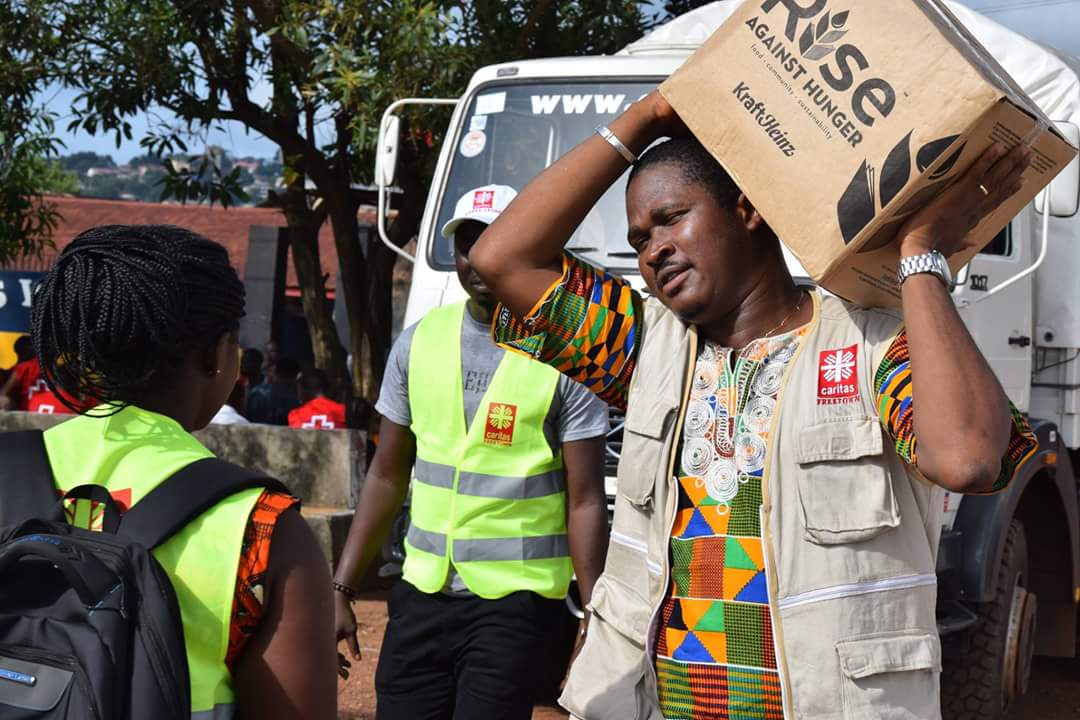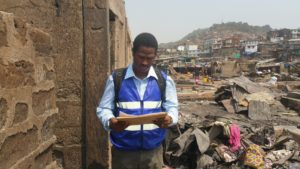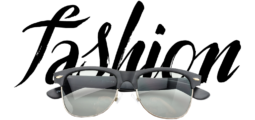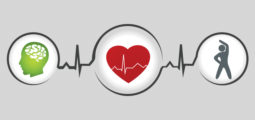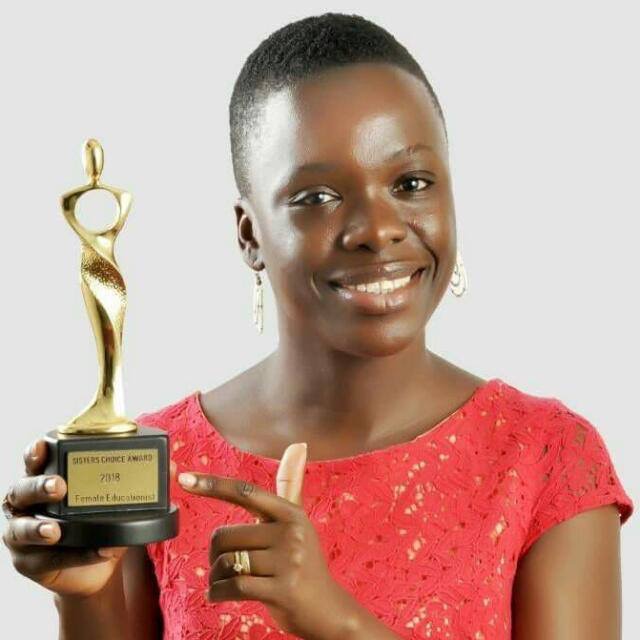MEET ARIANA
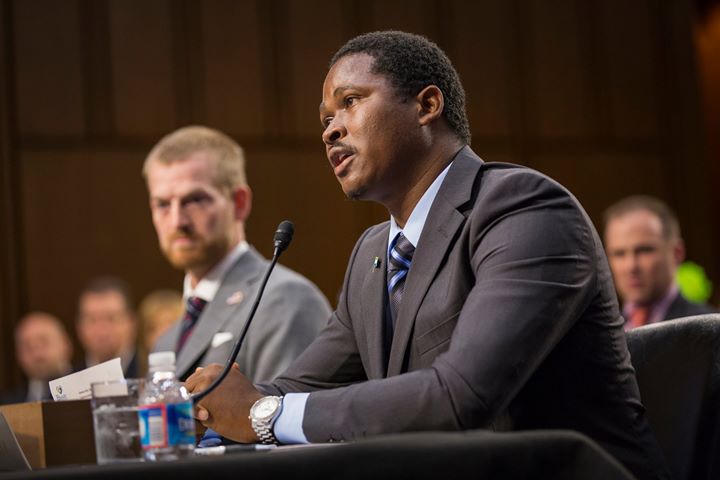
It’s a pleasure to introduce ISHMEAL ALFRED CHARLES (read that again- Ishmeal). He says it’s always a challenge to write his name; as the computer will try to correct it and end up making it wrong.
His dream has always been to help those in need of it, especially the sick, when he was a boy he wanted to be a medical doctor. He believed at that time, that only doctors were compassionate. To him they were not people but he saw them like angels, who rescued the sick and helped them recover from their pains. He aspires to help the poor and needy, specifically those in crises be it health crises or humanitarian crises.
His road to this healing work has been a harsh one.
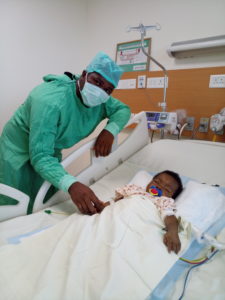
THE UNVEILING
In 1997, when I was 10 years old, my mother sent me to Kono District, in eastern Sierra Leone, to live with my father; Kono was considered the safest place to be in Sierra Leone. The relative security was short-lived; the rebels retreated from Freetown and into Kono, killing and mutilating indiscriminately.
Gunmen raided our village and conscripted me and many others, using us children as soldiers and labourers.
I describe my survival as been saved by a multitude of miracles. The first came when a government jet fighter strafed the Revolutionary United Front (RUF) encampment, and i escaped into the jungle during the chaos.
The second came when I was, recaptured by an RUF team, was slated for amputation, I had been asked if I wanted “short” or “long sleeve” amputation, i.e. at the wrist or above, then another jet attacked the camp and I was able to escape again.
The third miracle came after i had been captured by a pro-government militia and caged with several other rebel captives. If no one would vouch for me, i would be taken to the river, shot, and tossed into the current.
“A woman came out of nowhere and said she knew me, ”I had never seen her before, and I never saw her again.”
Released by the militia, but with nowhere to go, I was re-captured by the rebels, taught to use a gun, and forced to become a child soldier. I was used more especially to serve as a labourer, carrying loads of stolen supplies on my head whenever the rebels would go looting. I fled once more, making it to the Guinea border, where i spent almost five months living without shelter in the bush.
When peace was partially restored, I returned to Freetown from Masingbi and continued schooling at Prince of Wales. My mother admonished me ! She said I was not to tell my story, she feared that I will be stigmatized. It was not until later that I decided to start sharing my story then I felt I was more empowered and use my story as a store of reliance and hope to others.
ONCE UPON A TIME
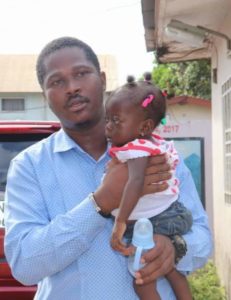 When I was a boy I always wanted to be a medical doctor as I believed at that time, that only doctors were compassionate people, I saw them like angels as they always rescued the sick and helped them recover from their pains. But that dream shattered when I took the BECE exams and failed mathematics. Mr. Ogoo my Principal at Prince of Wales would not allow me to go to the Sciences, he gave me the option to choose between Arts or Commercial, by then I had the wrong perception, I thought commercial subjects were for women so I choose the Arts and ended up going to Fourah Bay College where I was introduced and embraced Peace and Conflict Studies.
When I was a boy I always wanted to be a medical doctor as I believed at that time, that only doctors were compassionate people, I saw them like angels as they always rescued the sick and helped them recover from their pains. But that dream shattered when I took the BECE exams and failed mathematics. Mr. Ogoo my Principal at Prince of Wales would not allow me to go to the Sciences, he gave me the option to choose between Arts or Commercial, by then I had the wrong perception, I thought commercial subjects were for women so I choose the Arts and ended up going to Fourah Bay College where I was introduced and embraced Peace and Conflict Studies.
After studying Peace and Conflict I ended up working for Network Movement for Justice and Development, Center for Coordination of Youth Activities, Women’s Refugee Commission, these organisations helped prepared me for a greater assignment. In 2009, I started working for Caritas Freetown and in 2012 I was engaged by Healey International Relief Foundation on a secondment, till date I still work for both Healey International Relief Foundation and Caritas Freetown.
In 2013, I had opportunity to study International Diploma in Humanitarian Assistance in Fordham University in New York which helped strengthen my capacity in doing my work.
THE BIRTH OF SICK PIKIN MARATHON
The inspiration behind the Sick Pikin Marathon is to help raise awareness, get more commitment from the general public to support those who are ill or with an immediate health emergency. The idea is to get subscribers to pledge for the different causes. We seek long term engagements such as a monthly donation, no donation is too small. It is also aimed at giving opportunity to the babies who have been supported to meet with those who have been donating for them over the period since the days of baby Mustapha’s campaign.
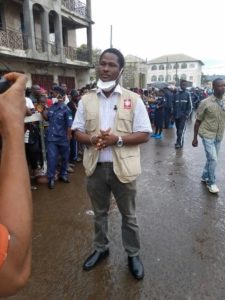
YOUR GUIDE TO INDENTIFYING A COMMITTED HUMANITARIAN ORGANIZATION
-
They must have a compassionate plea. To serve humankind diligently.We always need to be compassionate enough. Our actions must be triggered by the needs we see around.
-
It must be people oriented: many humanitarian organizations are focused on processes and procedures. I believe that service to humanity comes first and must be done with dignity. We must understand that it is a privilege for us to serve. Hence, it is incumbent that we treat the beneficiaries, victims or survivors with utmost respect.
-
Exigency of time; humanitarian actions required prompt action. If we delay too much – while people are suffering we allow them to succumb to their pains, so it is important to that we act urgently otherwise we will lose the essence.
NOT WITHOUT CHALLENGES
My principal challenge is FUNDRAISING! Fundraising is a new phenomenon in Sierra Leone. We have inherited a culture of dependency; most people have been conditioned to receive. Giving for any cause becomes a big ask for many people especially our indigenous people who yet to have varied experiences outside of their home communities or travel out of Sierra Leone.
Another major challenge is getting people to commit themselves to support the processes of fundraising without any form of remuneration, since the goal to make the funds for each project a 100% direct funding.
BUILDING A CULTURE OF EMPATHY AMONG GENERATION Z
To build the culture of empathy and care among our young generation we need in to put in the work. We must start when they are young, by engaging our schooling authorities/ communities to grant us access to talk to the children. We could start by sharing the stories of a sick child, describe their plight. This might help a child to see beyond their own environment, it would help to see beyond NOW. We can ask them to voluntarily donate whatever they have. For those in primary and preschools we can ask them to learn to share their food with those who do not have. Sharing is caring and we must not wait until we have enough before we can share with those in need.
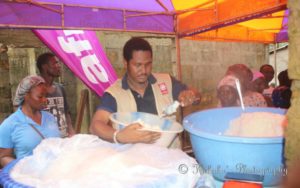
MY TOP FOUR HUMANITARIAN ORGANIZATIONS
I must be forgiven to say that I don’t have humanitarian organizations that I admire entirely; I will not share my reasons for this sentiment until I retire from this field. I must say growing and developing in this field is a tedious task. But there are a few organisation’s that I will like to collaborate and wouldn’t mind corroborating with:
-
Caritas ( it’s entire network)
-
Red Cross Society
-
MSF
-
Healey International Relief Foundation

